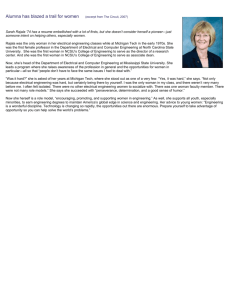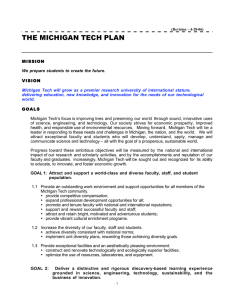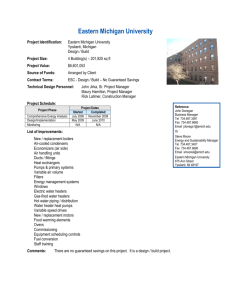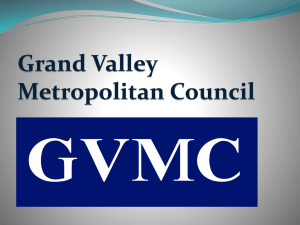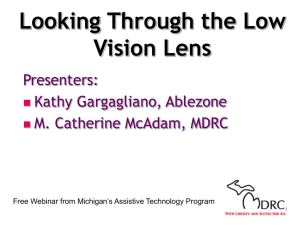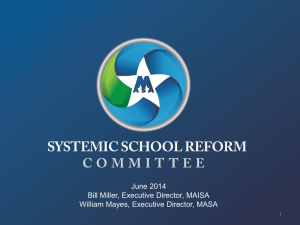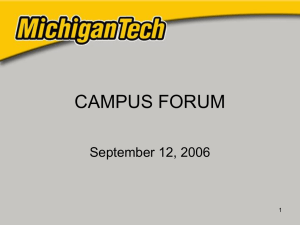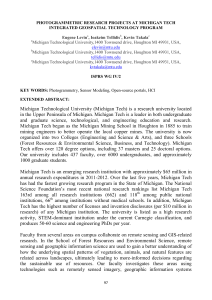Diversity Facts - Michigan Technological University
advertisement
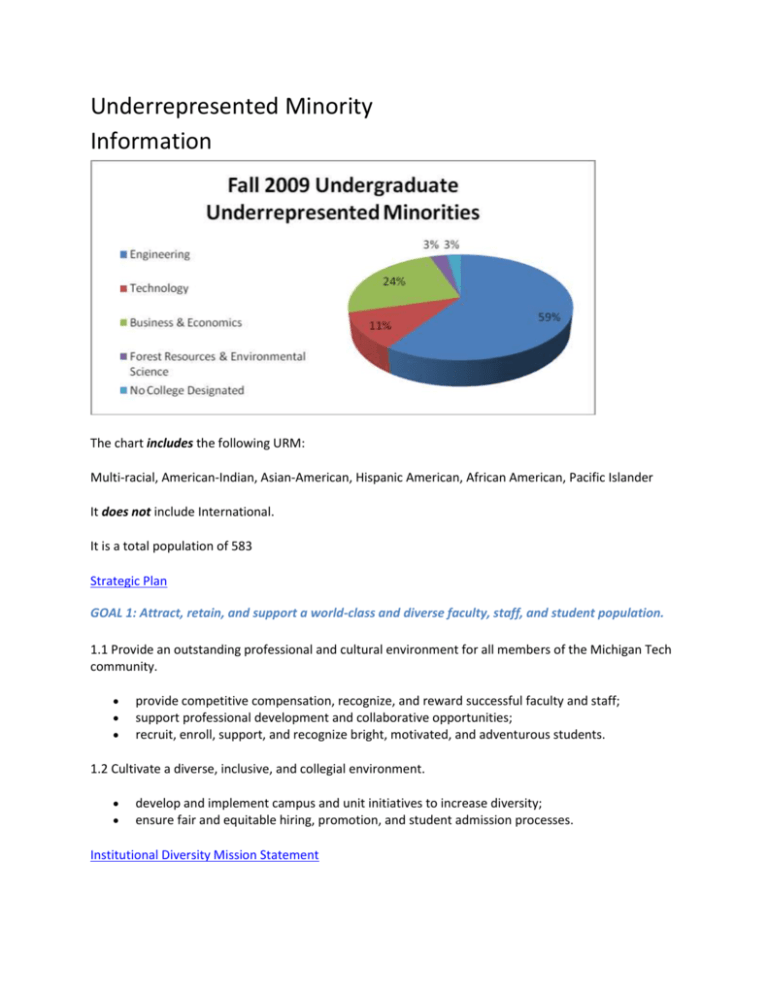
Underrepresented Minority Information The chart includes the following URM: Multi-racial, American-Indian, Asian-American, Hispanic American, African American, Pacific Islander It does not include International. It is a total population of 583 Strategic Plan GOAL 1: Attract, retain, and support a world-class and diverse faculty, staff, and student population. 1.1 Provide an outstanding professional and cultural environment for all members of the Michigan Tech community. provide competitive compensation, recognize, and reward successful faculty and staff; support professional development and collaborative opportunities; recruit, enroll, support, and recognize bright, motivated, and adventurous students. 1.2 Cultivate a diverse, inclusive, and collegial environment. develop and implement campus and unit initiatives to increase diversity; ensure fair and equitable hiring, promotion, and student admission processes. Institutional Diversity Mission Statement The University is committed to sustaining an inclusive community of scholars whose intellectual, social, and professional development are enriched by the diversity of our students, staff, and faculty. Graduate School Annual Report Women are underrepresented nationwide in the PhD programs in science, technology, engineering, and math. According to the 2009 American Society for Engineering Education (ASEE) report, Michigan Tech’s Graduate School awarded a greater percentage of PhDs in engineering to women than any of the other universities in the country that awarded 25 or more PhDs in engineering. Michigan Tech grants on average 40 percent of its PhDs in engineering to women. U.S. Census Bureau. “American Fact Finder.” Government Report, 2009. According to the latest U.S. Census Bureau reports, 24% of students nationally have caregivers with an associate degree or higher. In communities with universities that number tends to be higher. For example, around Michigan Tech that number increases to 50%, and around community colleges, like Bay de Noc, the average is slightly higher at 25%. However in rural communities, like those found just ten miles from Michigan Tech, the average drops significantly to 9%. 91% of high school students in our target population who have the potential to be first generation college students, but come from family backgrounds where higher education practices and STEM fields may not be well understood or valued [3]. Michigan’s unemployment rate has recently hovered around 15%, compared to national average of 10%. This number is significantly higher in rural UP communities like Baraga (less than 30 miles from Michigan Tech), which holds the highest national unemployment rate of 24% (and is still climbing). Furthermore, in the past two years state subsidies for higher education have significantly declined in Michigan, while college tuition rates have substantially increased [3]. The UP suffers from economic distress, out-migration, and limited resources; however, our situation is not dissimilar to rural locations around the country. Baraga County (15 miles from Michigan Tech, is representative of the needs of local Native American students. Only 33.79% of the Native American population 25 years and older have a high school diploma or equivalency compared to the County-level data of 73.77%. Unaddressed academic, social, and economic conditions in the target area pose serious problems for often overlooked low-income potential first-generation college students. Michigan Department of Education, “Statewide MEAP Results,” 2008. Analysis of Michigan’s standardized test (MEAP) scores indicates a lack of preparedness for students who do enroll but do not graduate in a STEM field. On average, MEAP scores show low-income, firstgeneration students maintain 70-80% proficiency in math and science up through middle school, but drop to 20-30% proficiency by the last two years of high school – years critical in determining college preparedness [4].
